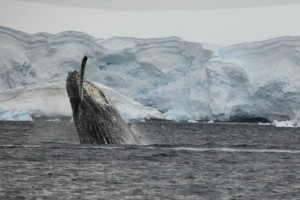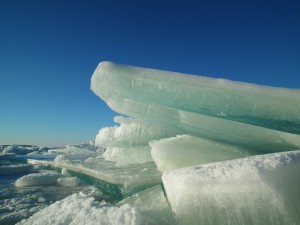Peace Joy Love Prosperity New Year 2016
Peace Joy Love Prosperity New Year 2016 is a positive attitude to take into the New Year 2016.
Positive attitude with enthusiasm and keen interest can be the driving force that can make it happen for a dynamic healthy active life style. It may take just that, think, dream, and plan, your personal goals for the New Year. That is actually the only reliable way to bring about a change with matters of health and fitness, especially if you are basically healthy and able to improve yourself, by making personal choice and decision that will have positive impact on your physical well being.
Outdoors activities and life style
Outdoor activities, exercise routines and physical habits, similar to eating habits they also are the result of actions that are made consciously or unconsciously.
It may take some time to train and exercise the mind to imagine and engineer the images of the type of future that you want for youself. You may not even be aware whether if you can actually even imagine the image of yourself doing the things that you want to do and the places where you want to be in the future. If you can’t create images in your mind to do those things, then what could possibly transport you to that place? Prince charming? or a princess? Imagination is not the same as fantasy. The use of imagination is a realistic area of the mind, that works if you know how to use it correctly. Don’t go to the area of fantasy, but do use the imagination to create images. A big difference between the two. Fantasy has the “flesh” engaged, where the imagination is more specific to creative area of the mind to be visual and to come up with new ideas.
Visualizing yourself in those situations where you want to be is one way to prove to the doubts within that anything really is possible. It is possible when the values are true, and if it takes nothing from away from other people, not breaking laws or violating others people’s rights. So who can be against you, if God is for you?
Do you exercise your free will?
If you think that you do, then the obvious question to ask next is, at what point does a person’s actions depend on decision making and choices made? Or is life lives out with spontaneous instinct action?
Write your future plans Out of your mind
One way to get to the bottom of this thought is to write out a list of things to do at the end of the day for the next day, and to try and get all things on the list done the following day.
The list then can reveal the reality, what does one do, during each day? How much time and of things were done because of circumstance, convenience or something else? This helps to understand self, to be more aware of how the good right decisions can make a difference to the outcome.
Diary? Maybe Peace Joy Love Prosperity New Year 2016.
Another method is to write a diary, keeping a record of the things done, the only difference is that the diary is more of a mirror, looking backwards after the event. Instead of planning ahead of time, before it happens. Writing a list of things to do is really a dynamic way to organize and plan the activities ahead of time, it is deliberate course of action for desired goals and achievements in life, and it really can bring about positive outcomes in life. Do try it.
Joyous Fun Peace Love and Prosperity 2016 and beyond
New Years is the perfect occasion to celebrate love, friendships and all the good things in life. Let’s take the time to appreciate what this year has given us and what the new one is about to bring.

Happy New Year 2016!
May all your dreams come true. Wishing you a Happy New Years filled with tons of good luck!
New Years is a chance for all of us to leave our mistakes behind and start fresh. Let’s freshen up! Happy New Years!
Thank you for visiting this web site, and reading these Happy New Year Greetings 2016.
Wishing our Friends and Family a Joyous Holiday filled with Peace, Love, and Prosperity. Best Wishes for a Healthy New Year!
Wishing our Friends and Family a Joyous Holiday filled with Peace, Love, and Prosperity.
Best Wishes for a Healthy New Year!
The Entire year blank, start writing your ideal future now, it is very much a possibility if you use your cognitive mind powers as a crative planning tool to design your future.
To some this may seem unrealistic, to others it is a no brainer. Of course one needs to use his/her creative noggin to plan the future very precisely, life should not be a gamble, it is a high risk gamble with time to let it go by without doing nothing specific about your future in life.
Thank you for visiting this web site http://www.arcticfreshwater.net, and reading up on this post, Peace Joy Love Prosperity New Year 2016. have a great time up ahead in 2016. Cheers!



